East Norton Tunnel
East Norton Tunnel
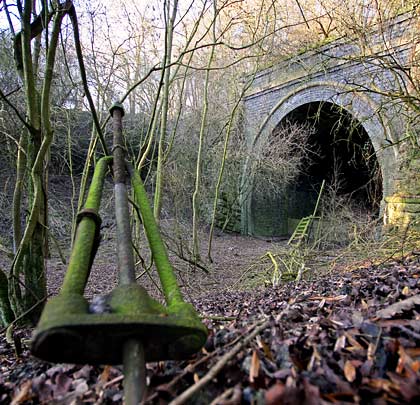
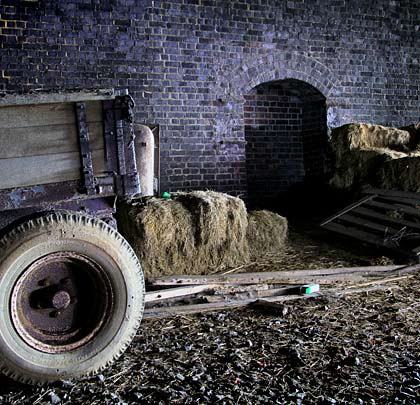
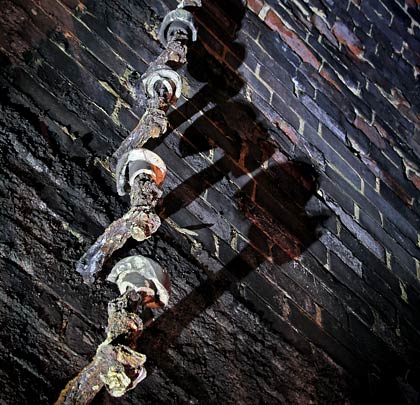
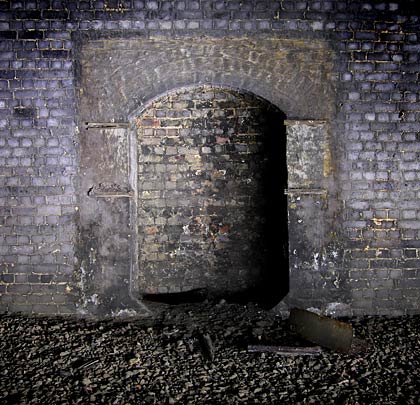
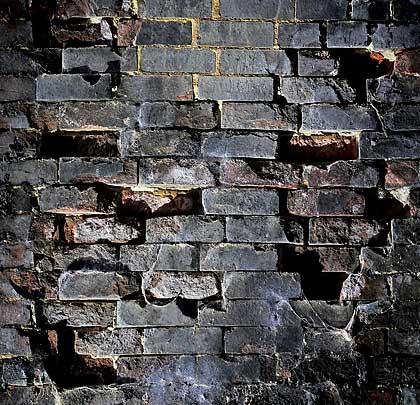
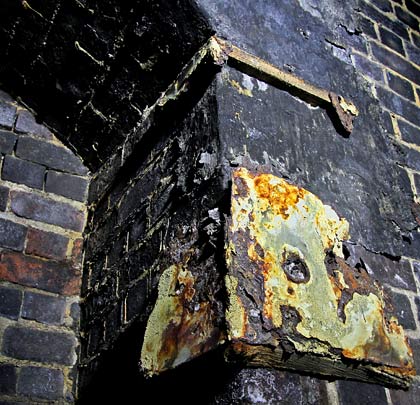
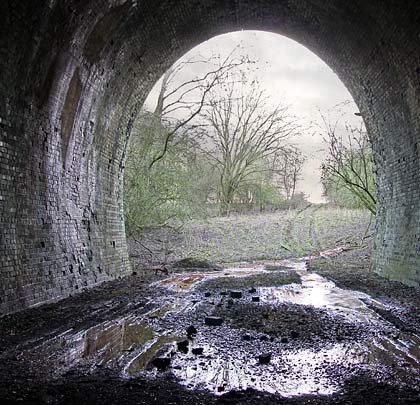
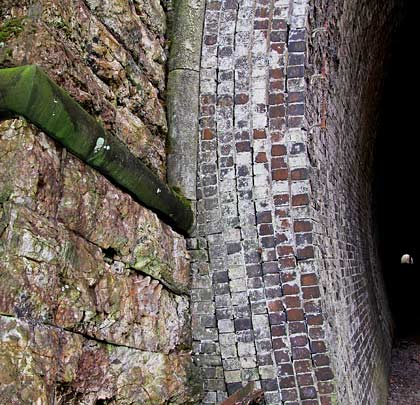
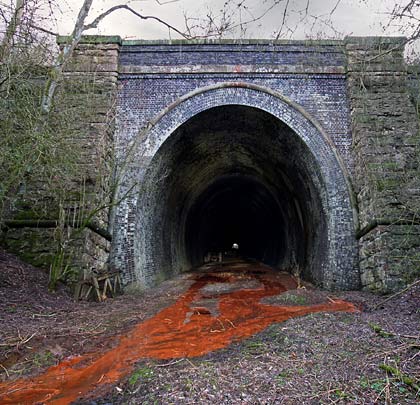









Proposal and counter-proposal from the Great Northern and Midland railways – some of which fell victim to opposition by local landowners – eventually resulted in the GN securing Parliamentary approval for a line from Newark to Melton Mowbray in 1872. The following year, a further section was authorised, extending the route southwards to meet the Rugby-Luffenham line, a product of the London & North Western. The upshot of this was that the GN and L&NW came together in the construction of a 34-mile north-south Joint Line between Welham and Bottesford, together with the associated connecting spurs and link lines.
Heading north from Melton, the section to Saxondale Junction on the Nottingham-Grantham line opened for business on 1st September 1879. Stathern to Newark through Bottesford, and Melton to Welham/Drayton junctions became operational on 15th December.
In places, the line demanded substantial structures, including viaducts at John O’Gaunt and East Norton. Responsible for their engineering was John Fraser, who was the Great Northern’s chief engineer before setting up in partnership with his son in the late 1870s. Benton & Woodiwiss – regular servants of the GN – were appointed as construction conctractors.
Two tunnels also had to be driven, the shorter of which – at 444 yards – was located just to the south of East Norton Station. Its portals are impressive, exhibiting an arch face of six brick rings. Stubby brick wing walls curve through 90 degrees to stand parallel to the trackbed at their ends. The buttresses, string course and copings are all stone.
Inside, the tunnel is lined throughout in red brick, with deep refuges provided at both sides. These had white plates fixed to the lining around them to highlight their position to retreating platelayers. The east sidewall still hosts regular clusters of telegraph wire supports.
Regular passenger services along the route were never well patronised and ceased on 7th December 1953. Goods traffic was more successful, continuing to encounter East Norton Tunnel until the section through it was closed on 4th November 1963. Since then, its northern approach cutting has been backfilled.
Today the structure remains in generally decent condition, with localised patches of spalled or lost brickwork. There is a transverse crack right around the arch close to the south portal. The tunnel is used as a store for hay bales and redundant farm machinery.








